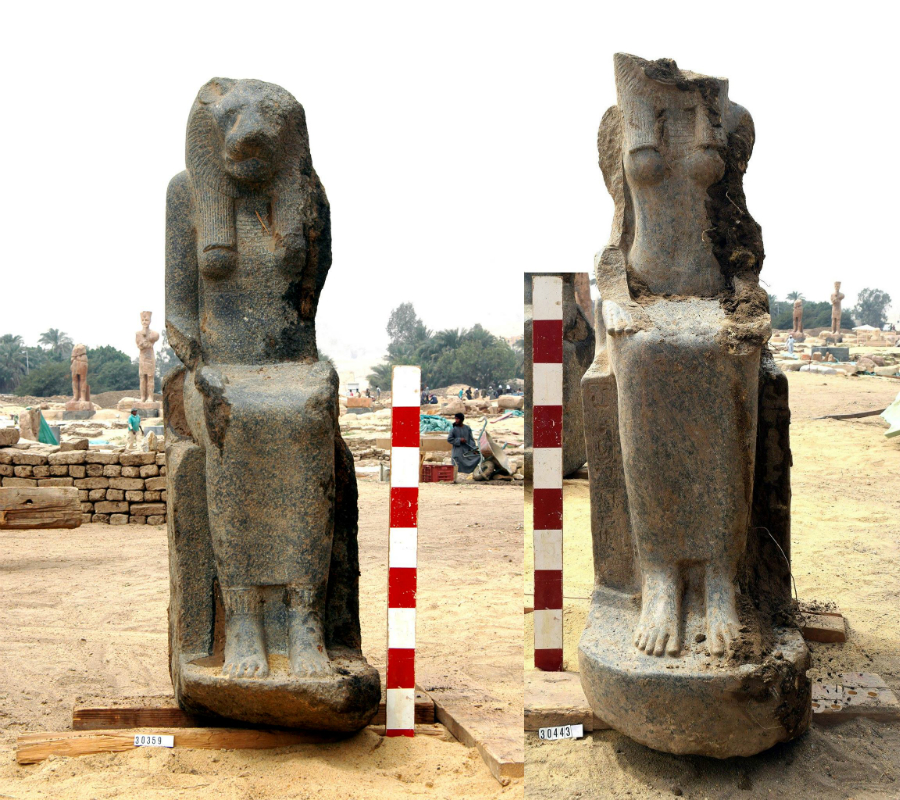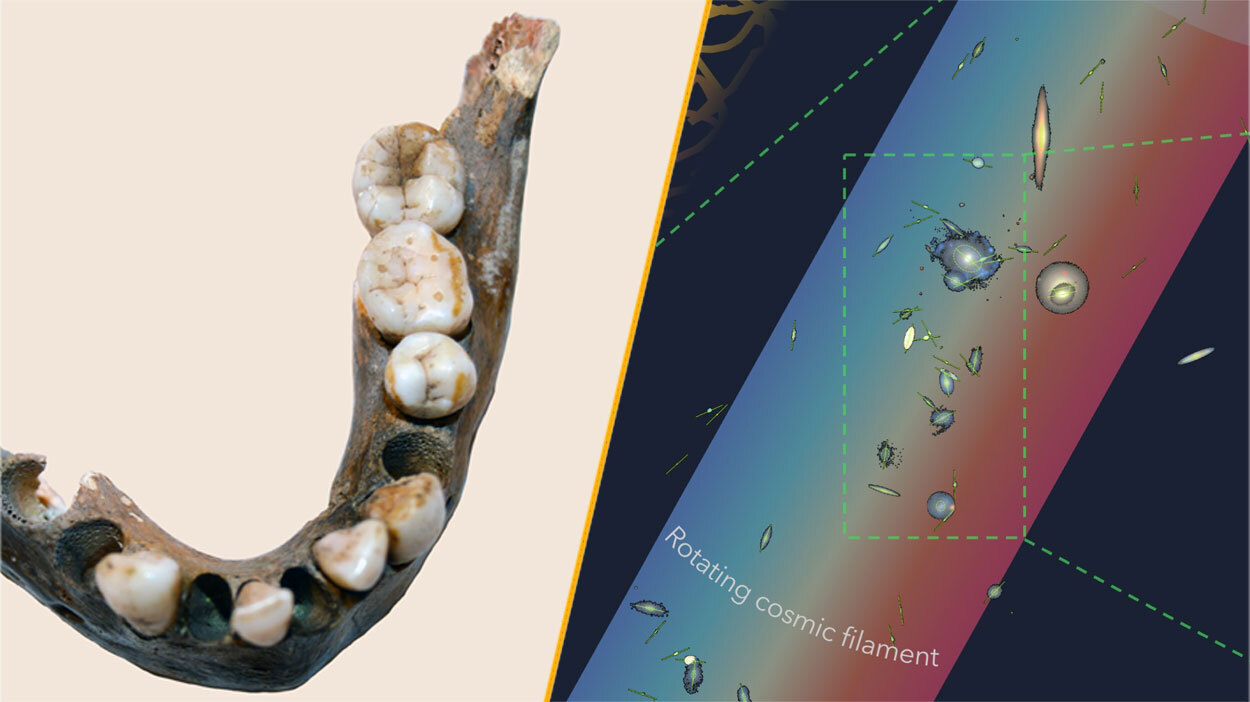8 Lion-Headed Goddess Statues Found in Egypt

Eight statues of Sekhmet, an Egyptian warrior goddess with a lion's head, were discovered in the Temple of Amenhotep III near the city of Luxor, about 313 miles (504 kilometers) from Cairo.
Three of the black granite statues are nearly complete, with the biggest — representing the goddess sitting on a throne — measured at 6.2 feet (1.9 meters) in length, 1.6 feet (0.5 m) in width and 3.3 feet (1 m) in depth.
Three other partial statues also show the goddess in a seated posture on a throne, while two other statues missing the heads and lower parts portray a standing Sekhmet figure. [Image Gallery: Egypt's Valley of the Kings]
The partially preserved standing figures of Sekhmet hold ankhs — the Egyptian symbol representing life — in their right hands, while their left hands wield papyrus scrolls, according to a statement released on March 15 by the Egyptian Ministry of Antiquities (EMA).
Warrior goddess
Sekhmet was recognized by the ancient Egyptians as a fierce warrior who battled the enemies of the sun god Ra, one of the most important gods in the Egyptian pantheon. As the pharaoh Amenhotep III was regarded as "the sun king," Sekhmet, known as "the Powerful," was also tasked with protecting his final resting place "for millions of years," the EMA said.
The mortuary Temple of Amenhotep III where the statues were found lies across the Nile River from Luxor, a modern city built atop the ancient metropolis called "Waset" by the Egyptians and known as "Thebes" by the Greeks. Between 1500 and 1000 B.C.E, many of Egypt's leaders, priests and royal scribes were buried in the area, according to the World Monuments Fund (WMF).
Get the world’s most fascinating discoveries delivered straight to your inbox.
Over the years, conservators and archaeologists have discovered and preserved many relics from the vast Amenhotep Temple complex, which the WMF described as measuring "the length of five American football fields" and containing hundreds of sphinxes and free-standing statues.
The eight Sekhmet statues will be displayed to the public in the temple following their cleaning, preservation and documentation.
Follow Mindy Weisberger on Twitter and Google+. Follow us @livescience, Facebook & Google+. Original article on Live Science.

Mindy Weisberger is a science journalist and author of "Rise of the Zombie Bugs: The Surprising Science of Parasitic Mind-Control" (Hopkins Press). She formerly edited for Scholastic and was a channel editor and senior writer for Live Science. She has reported on general science, covering climate change, paleontology, biology and space. Mindy studied film at Columbia University; prior to LS, she produced, wrote and directed media for the American Museum of Natural History in NYC. Her videos about dinosaurs, astrophysics, biodiversity and evolution appear in museums and science centers worldwide, earning awards such as the CINE Golden Eagle and the Communicator Award of Excellence. Her writing has also appeared in Scientific American, The Washington Post, How It Works Magazine and CNN.



